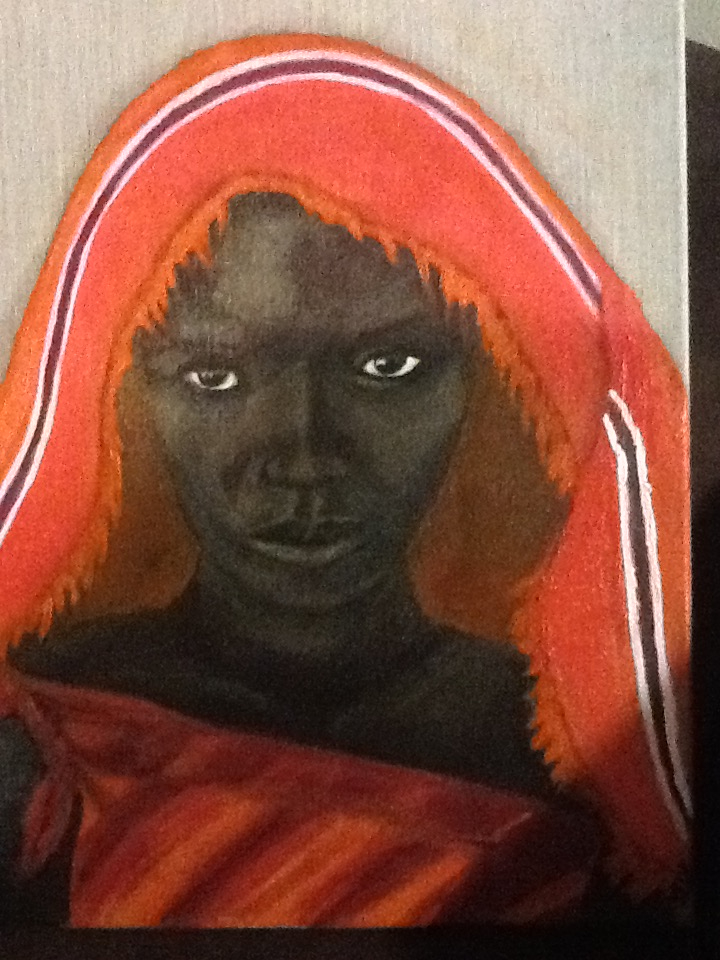The most famous personality among the homeless during my tenure was Florence . She visited with the emergency room staff frequently and knew most of us by name. She was a well-educated woman who suffered from schizophrenia. On her good days, she looked regal and dressed fashionably and expensively. She had an eye for fashion that mocked her when her mind abandoned her. On mind-clouded days, she could be seen wearing surgical scrubs accessorized with Mardi Gras necklaces and bright-colored head wraps. Sometimes she appeared without her head-dress to reveal her hair dyed orange or bright gold. And at other times she presented herself wearing no clothes at all.
Administrators were forced to remove an ornamental fountain from the front of the auspicious Art Deco building because Florence
The hospital basement had passages that only the mentally affected traveled frequently. It was said that the tunnels connected much of the downtown business district. I wondered if I were in an area known as the underground tunnels. I had gone into the underground section of the hospital once on a dare with a fellow trainee when I was a medical intern. My friend became as unnerved as I did in the dark cold corridors after walking for a while and becoming confused. We made a few turns and were hopelessly lost. We were not able to detect the turns/bends in the subway white-tiled wall when we looked back. It was impossible to see if we came out of a bend that forked left or right. The choice was not obvious from the direction that we had come. We were fortunate to come upon a homeless man named Benjamin, casually seated on the floor ahead of us, who often visited the emergency room for handouts. He recognized us, as the new June interns, and volunteered to lead us out of the labyrinth for five dollars each. We gladly gave him the money and were lead to a door that exited onto a loading dock half a block from the hospital.
Memories of the cast of characters that colored my internship made me smile and somehow encouraged me. The homeless and mentally broken had created a place for thermselves when society did not. "Had Hurricane Katrina gotten them or had they survived?", I pondered for a moment. Enboldened, I started moving forward slowly while sliding my hands along the wall. The texture changed from rough stone to a cool smooth tile surface. The floor under my feet was gradually inclining upward. I heard the sound of rushing wind just as a coldness wrapped around my ankles and moved up my legs. The air grew thick and heavy and the noise grew louder. My senses were dulled. It took too long for me to realize that the wind was actually rushing water and the coldness was due to wetness. I was suddenly waist deep in cold, swirling water that lifted me off my feet. Howling cold blackness sashayed all around me. I let the water lift me while,paddling dog-like,I kept my head above the fast flowing water as it carried me around bends and turns. At first the movement was swift and forceful, after a minute, it slowed until it was hardly moving at all. I tested its depth by trying to stand, but my feet could not find the bottom. Treading water I turned around and around hoping to see something that suggested an exit when my foot struck a smooth metal object that seemed familiar. "What was that ",I asked aloud.
I moved my feet in wide sweeps until I struck it again. “It’s a handle,” my brain screamed. “It must be the latch handle that locks the morgue". Finally I had a landmark. I had been in the morgue several times during my training years. The outer door was heavy and secured with a commercial-type latch handle. Once that door was opened, there was a small area that separated the entry from the autopsy room and refrigerated bodies. There were stairs in the entry that lead up to the first floor connecting to the back of the emergency department.
